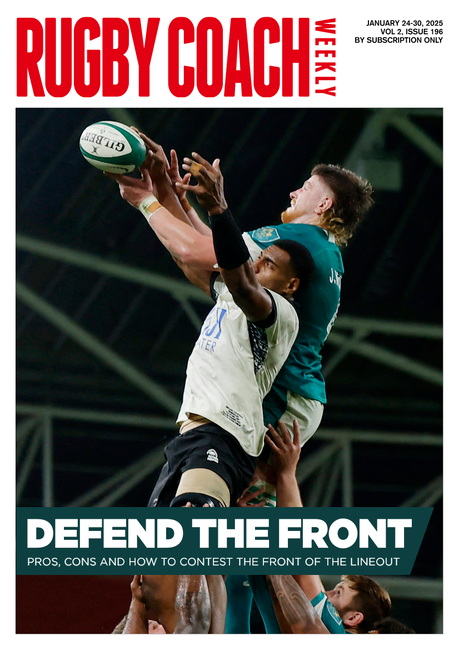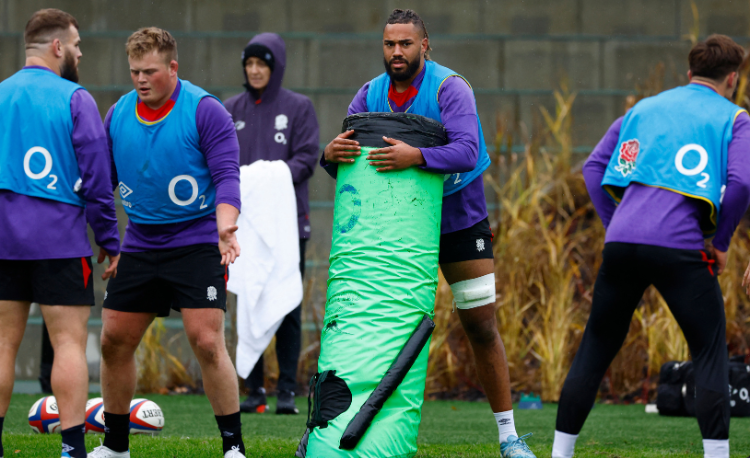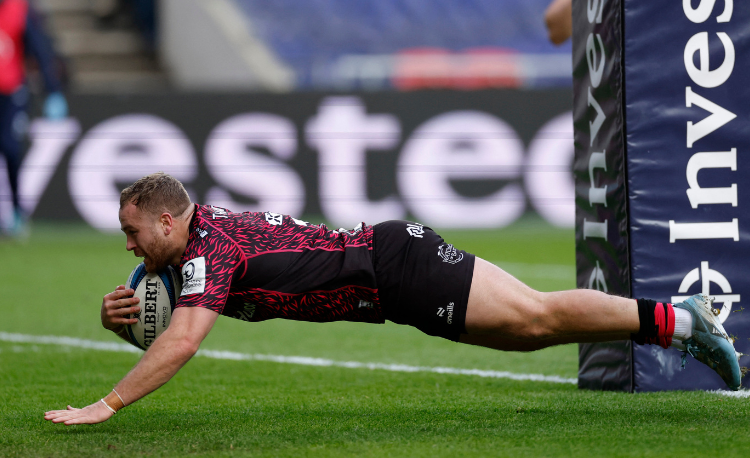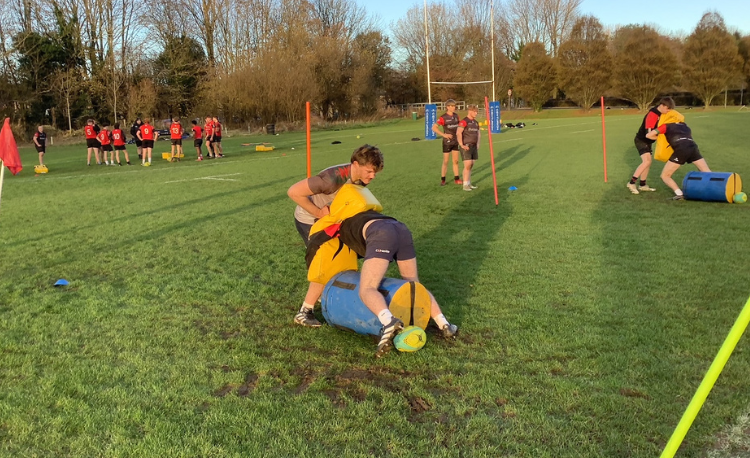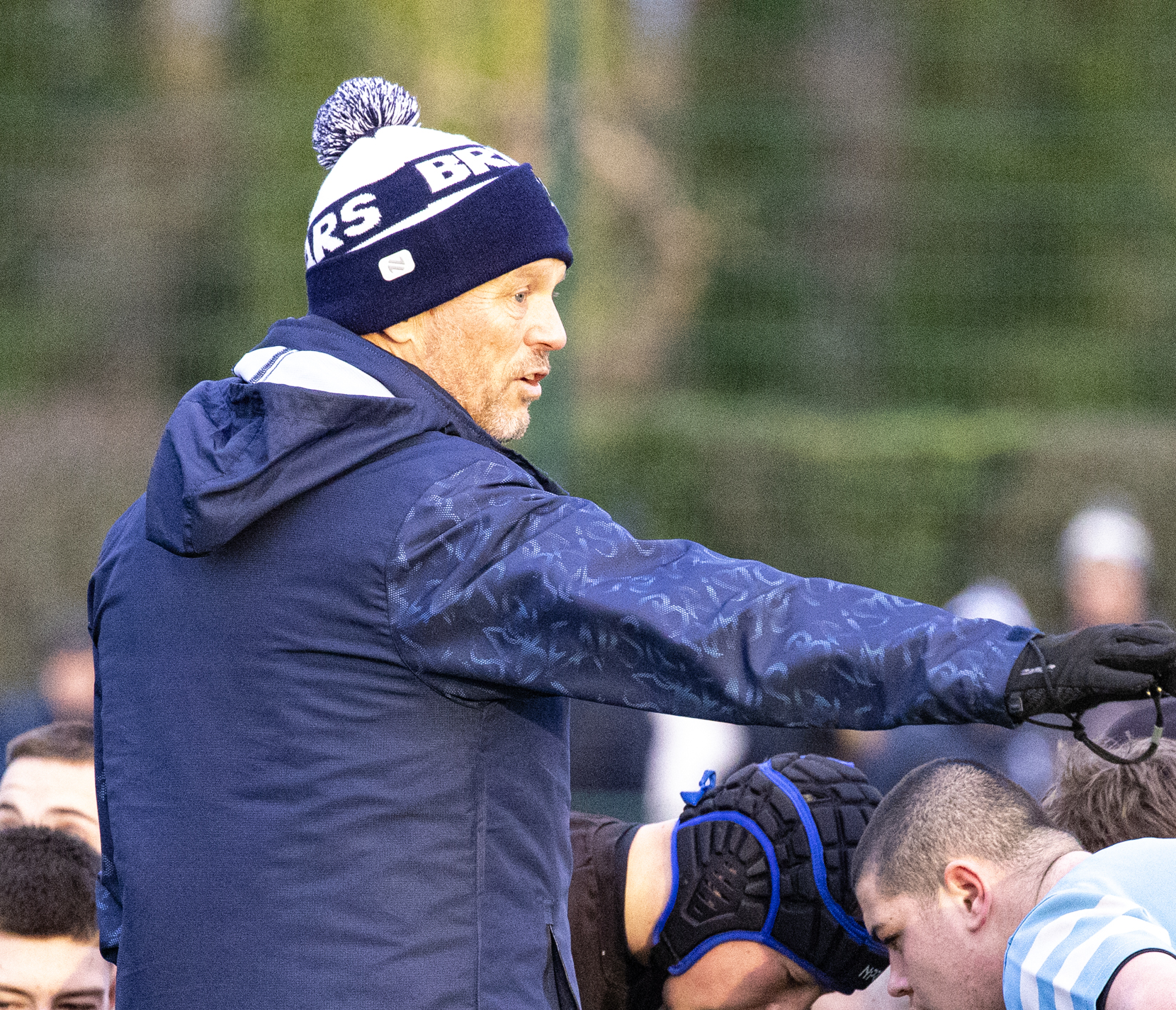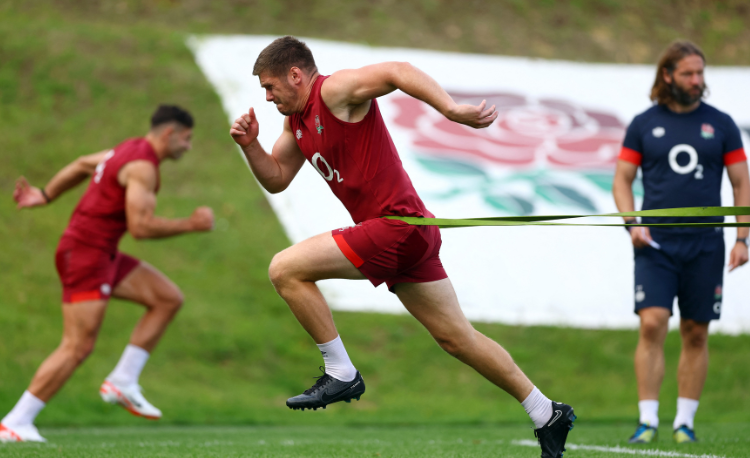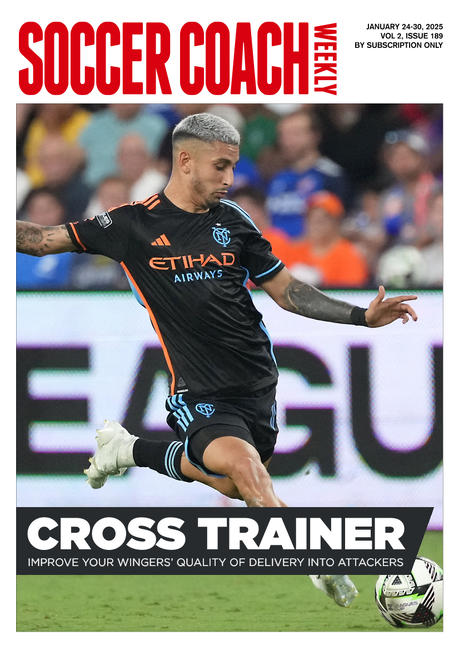Make yourself a successful off-the-field coach

Building better coaching connections away from training can make your on-field training more effective and your overall outcomes more impactful.
 In mid 2020, IRFU’s head of coach development Matt Wilkie addressed how he is more interested in how coaching is done, rather than the specific content.
In mid 2020, IRFU’s head of coach development Matt Wilkie addressed how he is more interested in how coaching is done, rather than the specific content. He talked of how the vast majority of coaches on the IRFU’s books have used him as a resource, mainly focusing on things like leadership, communication, learning outcomes, and educational models:
"The key thing successful coaches have is probably off the field...
It’s their ability to connect, the relationships they form with their players, and their ability to man-manage...those interpersonal skills, communication, the emotional intelligence – those seem to be the key attributes of the successful coach.
Let’s focus on how we’re coaching, rather than what we’re coaching."
There are some areas which can be introduced into our coaching practices, echoing Wilkie’s comments: focus on communication and connection to create bonds and relationships for long term athlete participation, enjoyment, and development.
I believe when it comes to coaching and player development, every individual in your group must sit at the centre of the environment.
Sounds good on paper. What does that look like in practice?
KNOWING
The challenge of successful coaching is acknowledging social interactive dilemmas within individual and team goal setting and development, offering suitable scenarios and choices with all members’ involvement, and collaboratively dealing with matters as opposed to eradicating them.
Therefore, understanding player personal motivations within sport and an awareness of the player as a person off the field which impacts and effects the athlete shall have positive impact on learning and development relationship.
PROBLEMS NOT SOLUTIONS
The main aspects of influential and successful coach-athlete relationships revolve around ideals such as mutual trust, respect, support, cooperation, communication and understanding of each other and impact of each other within the relationship.
We are addressing how we are coaching, rather than what we’re coaching,
We should assist players to identify problems as opposed to solving them, offering ideas and assistance for how to think and act as opposed to offering solutions.
This allows coaches to act as mentors, supporting players to develop skills where the athletes are aware of and take responsibility of appropriate practices and thinking strategies while building on the identified areas of understanding.
KNOWLEDGE BUILDERS
If coaches are to develop knowledgeable, engaged athletes, capable of performing learned tasks when under pressure and not under direct instructions, it requires better transfer of knowledge or total ownership by athletes of their development, with support from the coaches as supportive mentors.
With these ideas and supporting research, here are some key tactics or modifications you can make to your coaching practices:
COACH WHERE YOUR FEET ARE
Take time better knowing and understanding your athletes to gain a holistic view of involved players. The art of coaching is knowing how and when to communicate, and how this varies from individual to individual.
Work on empathetic relationships and having a better understanding of your athletes or players as this will allow you to modify your environment or approaches for greater impact and understanding.
Know your players, know their story, know their context and then put it into practice.
LISTEN FIRST, THEN ASK, DON’T TALK
A great way to make a meaningful connection is to get to know them and if possible talk about something other than their sport.
Ask questions around family, friends and hobbies so you find areas of common interest. For sports related areas, listen to player’s ideas and opinions before offering advice as they may offer you the answers you were going to offer.
BE ADAPTABLE AND COMPLEMENTARY
People, personalities and environments shall change, therefore, so should your coaching methodologies.
Asking questions and understanding the answers and whom they’re coming from will give you a snapshot for today yet this needs to be continually reviewed, addressed and worked on.
Be willing to change ideas or structures to match what your athletes or players need today and be reflective and flexible to change to what they need tomorrow.
Newsletter Sign Up
Coaches Testimonials

Gerald Kearney, Downtown Las Vegas Soccer Club

Paul Butler, Florida, USA

Rick Shields, Springboro, USA

Tony Green, Pierrefonds Titans, Quebec, Canada
Subscribe Today
Be a more effective, more successful rugby coach
In a recent survey 89% of subscribers said Rugby Coach Weekly makes them more confident, 91% said Rugby Coach Weekly makes them a more effective coach and 93% said Rugby Coach Weekly makes them more inspired.
Get Weekly Inspiration
All the latest techniques and approaches
Rugby Coach Weekly offers proven and easy to use rugby drills, coaching sessions, practice plans, small-sided games, warm-ups, training tips and advice.
We've been at the cutting edge of rugby coaching since we launched in 2005, creating resources for the grassroots youth coach, following best practice from around the world and insights from the professional game.

